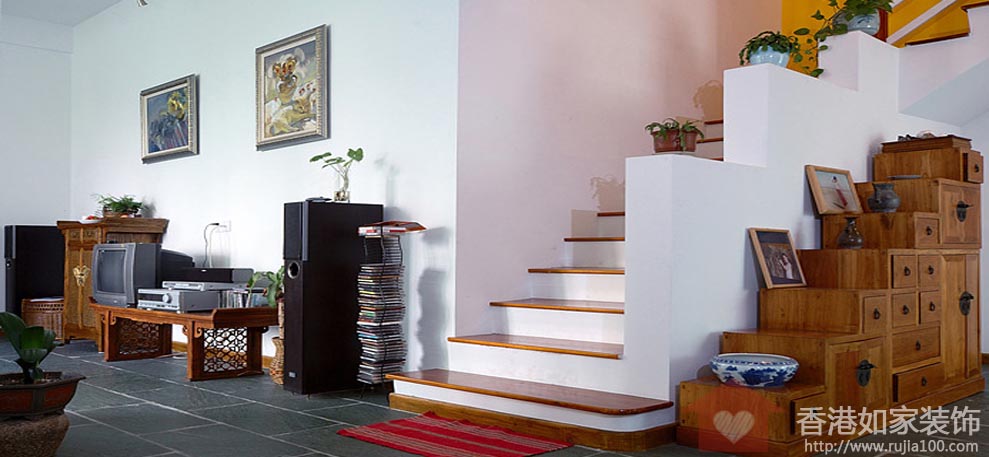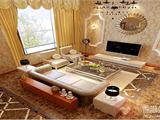Using expired paint for decoration can潜在隐患 in your life!
Many homeowners believe that装修 coatings have no expiration date. Although coatings have become one of the most common wall decoration materials, and consumers are relatively familiar with various brands and functional coating products, the shelf life of coatings is often easily overlooked by homeowners. In the production process, some materials that inhibit mold growth are added to the coatings, and after these materials are added, they directly determine the shelf life of the coatings.
Below, Zhengzhou Hong Kong Rujiac ZHUANGSHI will answer for you: Do you know the correct way to store coatings? Even the water used in the production of coatings, if it is polluted, can affect the length of the coating's shelf life. Generally speaking, the shelf life of coatings is between 1-3 years. It is recommended that consumers pay attention to the production date and shelf life printed on the outer packaging of the coatings when selecting them, to avoid buying products that have already expired or are about to expire.
In coatings that have exceeded their shelf life, the various components may change due to various factors, thus failing to achieve their intended functions, and this degradation is sometimes irreversible. Even if stored in a sealed condition, the overall performance and efficacy of the coating will be affected. Coatings themselves are mixtures, and if they exceed their shelf life, phenomena such as stratification, odor, and lumping may occur, and the number of bacteria contained in the coatings will greatly exceed normal levels.
If expired coatings are used, many paint film defects may arise, such as weak adhesion, easy peeling, cracking, and bubble formation, significantly reducing both the external and internal performance of the coatings.
Although it is not highly recommended for consumers to use expired coatings, coatings that have exceeded their shelf life by about a month can still be tested in small areas if there are no abnormalities. If the coating has just passed its shelf life, stir it and check for obvious signs of expiration such as stratification, odor, or lumping. If none of these signs are present, the coating can be used at your discretion.
Once opened, coatings are difficult to preserve. During renovation, it is common for opened cans of paint to remain unused. Many consumers save these leftover coatings for future needs. However, the preservation of coatings also requires attention; improper storage methods can directly affect the effectiveness of the remaining coatings. Water-based coatings should ideally be used within a month after opening because they may be contaminated by unclean water or deteriorate quickly when applied with rollers on moldy surfaces.
For unopened coatings, Hong Kong Rujiac ZHUANGSHI suggests storing them in a well-ventilated, cool environment. The general storage temperature for water-based coatings is 0℃—35℃. In summer, attention should be paid to both temperature and humidity issues when preserving coatings. Most bacteria reproduce fastest around 36℃, and most molds grow fastest around 28℃. Additionally, consumers are reminded that although sunlight is abundant in summer, coatings should never be exposed to prolonged sunlight, as this can also cause the coatings to degrade.
[Original Link](http://www.rujia100.com/)




